 ASUS' surprisingly ambitious ROG Phone is a clear sign the company has confidence in the gaming smartphone category. And it wasn't that long ago that the likes of Razer, Xiaomi and Nubia thought they saw an opportunity for a cash grab here. But as history has shown, gaming hardware is risky business, especially a segment this niche. Remember, not even Nokia at the height of its powers could crack the gaming phone equation with its legendary infamous N-Gage. While we wait for the ROG Phone to arrive later this year, let's take a stroll down memory lane and revisit some of its precursors. Nokia N-Gage 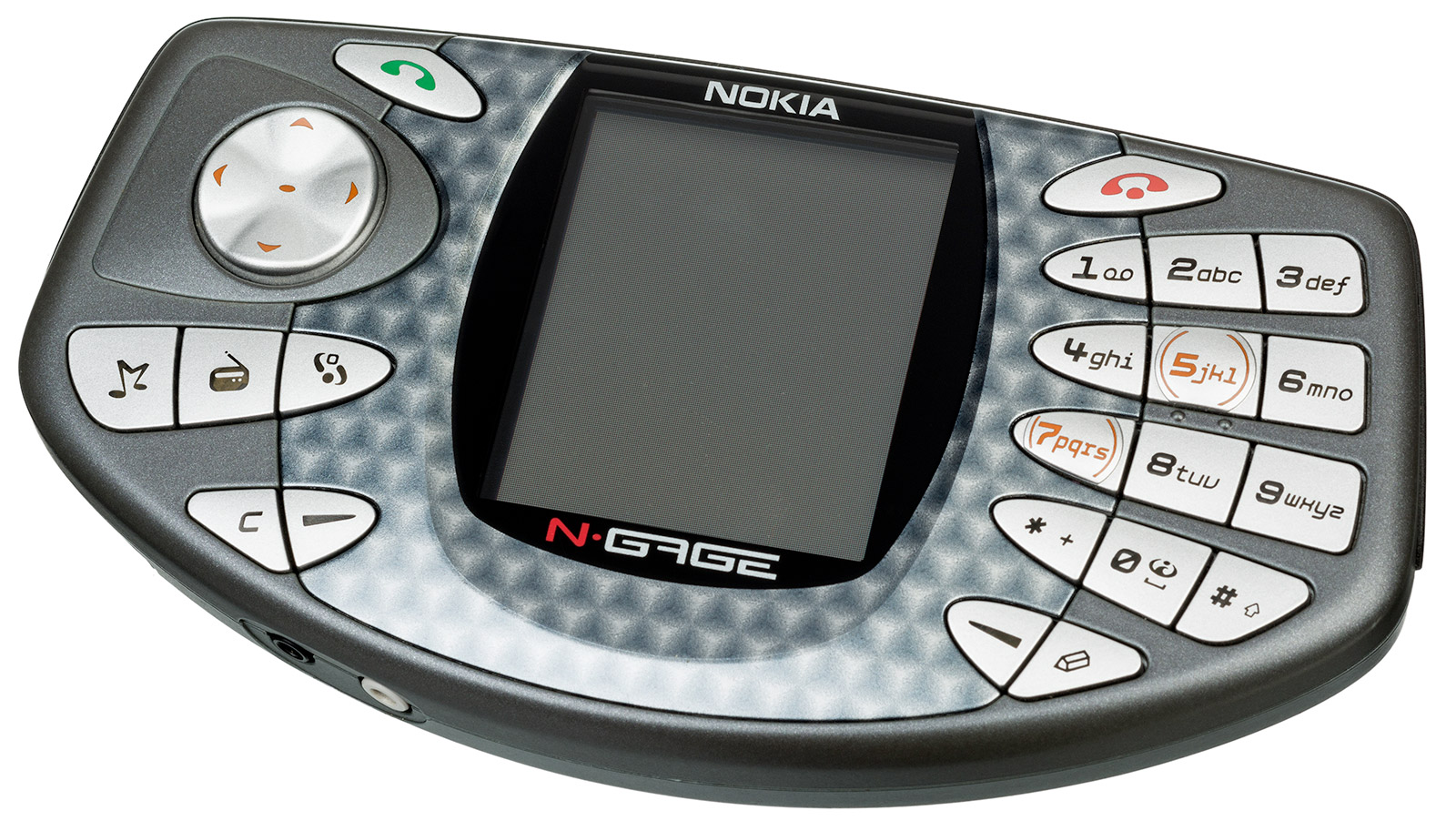
This was how it all started. Launched in late 2003, the N-Gage was positioned as the Game Boy Advance of mobile phones. Its design bore a strong resemblance to Nokia's 3300, but it packed a larger screen, plus a few more buttons. It even supported wireless multiplayer gaming over Bluetooth or via its N-Gage Arena online service. Unlike modern devices, the N-Gage games came in the form of cartridges (MMC memory cards) instead of downloadable apps. And, to make things more complicated, you'd have to remove the battery in order to access the card slot. But perhaps it's best remembered for having to be held sideways during phone calls, thus earning the "taco phone" nickname. Nokia N-Gage QD 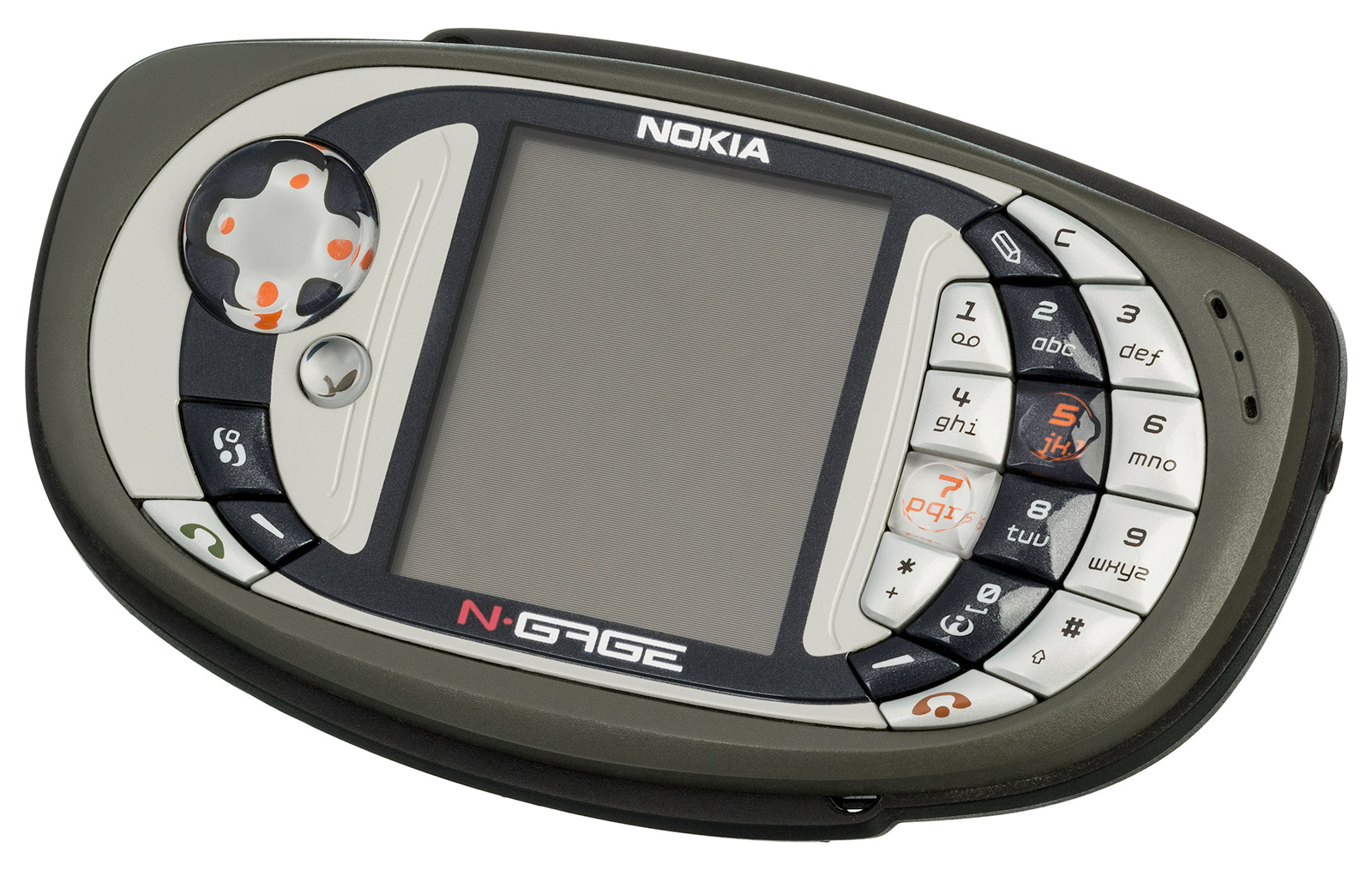
About half a year after the N-Gage, Nokia released the N-Gage QD, which solved many earlier versions' pain points. Most notably, the MMC memory card slot could be accessed from the bottom of the device for easier game swapping, and you could add an adapter that let you stick two games in at a time! But, most important, the earpiece was back in its proper location, meaning you could make phone calls without the humiliation. The new directional pad was no longer clickable -- that task was offloaded to a new "OK" button, thus making the directional controls more enjoyable. However, the QD lacked the stereo speakers, FM radio and MP3 playback that were present on its predecessor, which might explain the slightly lower retail cost. Still, Nokia ended up selling only three million N-Gage units by 2007, which was just half of Nokia's target. Gizmondo 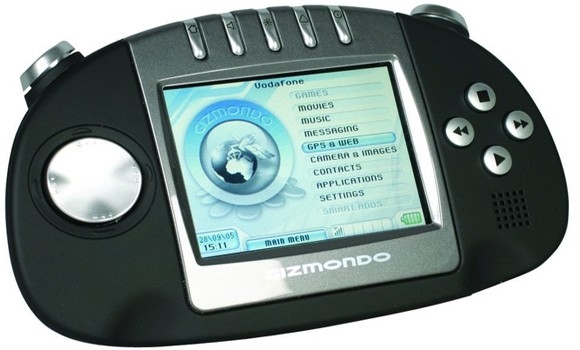
Ah, Gizmondo. Strictly speaking, this handheld console wasn't a gaming phone, but it did pack a tri-band GSM radio for SMS, MMS and email services. The device, by Tiger Telematics, was first released in March 2005 and featured the usual lot of gaming buttons, along with a 2.8-inch 320 x 240 LCD, an SD card slot for games, Bluetooth, GPS and a VGA rear camera. The specs were pretty advanced for a handheld console at the time, but it also came at a steep price: $400. That was a lot more than other mainstream gaming devices. There was also a subsidized version for just $229, so long as you didn't mind the ads. Unfortunately for Tiger Telematics, it chose the worst possible time to launch the Gizmondo: Nintendo came out with the DS in Europe that same month. And Sony was also gradually rolling out the PSP globally that year. With only 14 games officially released and apparently fewer than 25,000 units sold, the company shut down just 11 months later. There were attempts to reboot the brand later, but the drama surrounding its Ferrari-splitting former exec was simply too much. Samsung SPH-B5200 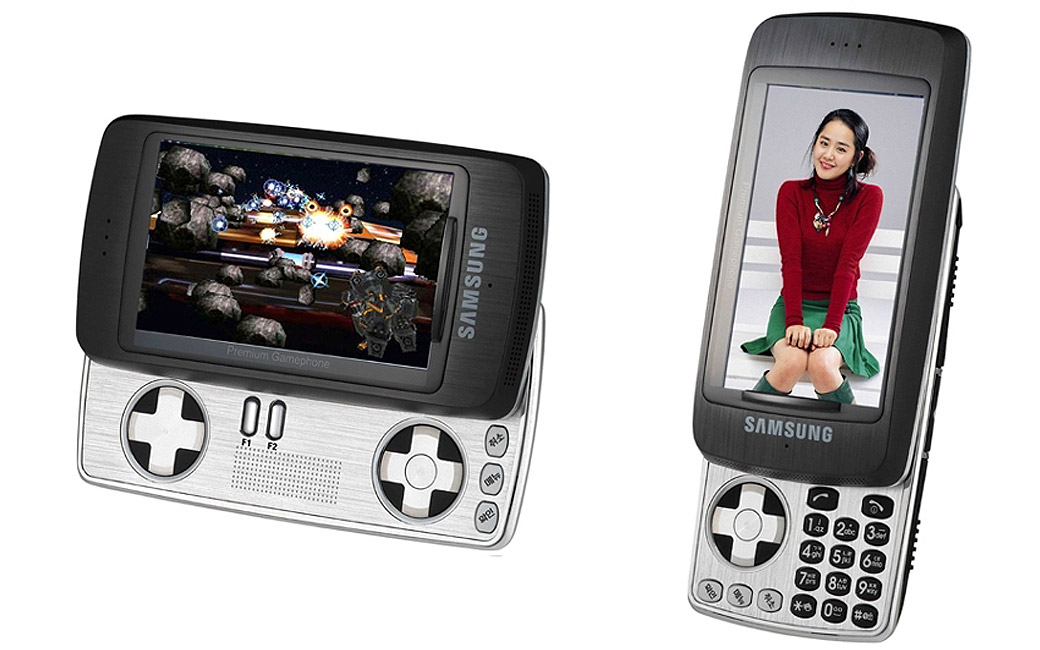
In March 2006, Samsung unveiled a neat little two-way-slider "Premium Gamephone," which offered a pair of directional gamepads in landscape, as well as an accelerometer for motion control. To make even more use of its 3-inch QVGA LCD, the SPH-B5200 also featured a DMB digital TV receiver -- a must-have on local Korean phones back then. But this device basically disappeared right after its debut. N-Gage 2.0 gaming platform 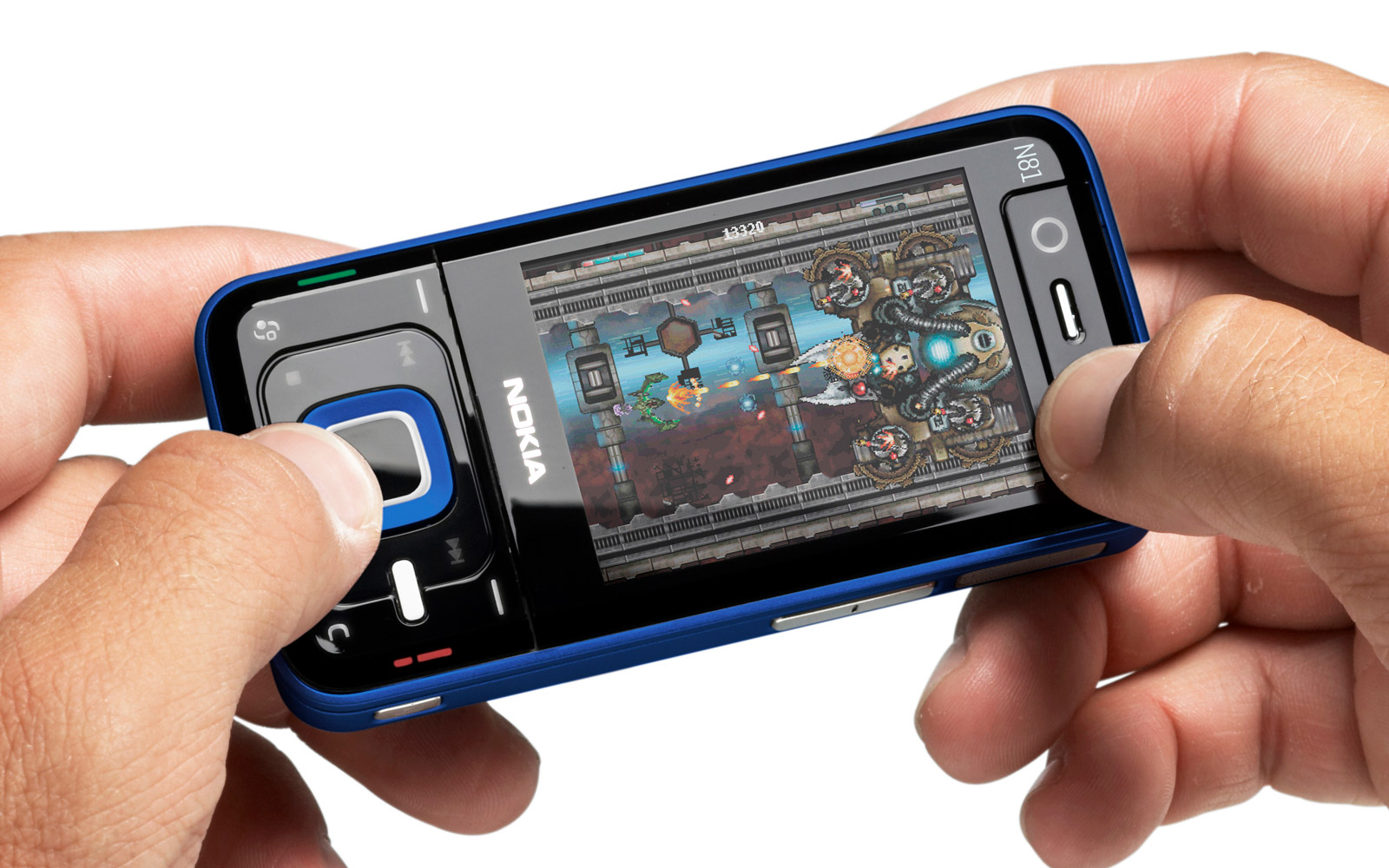
There was never a third N-Gage-branded device. Instead, Nokia changed its strategy and turned N-Gage into an online store for multiple devices. The service went live in April 2008 -- three months before Apple switched on the App Store for iOS. The Nokia N81, which launched in August of the previous year, was the first device with two dedicated gaming buttons to support this platform. Nokia's revamped gaming strategy was also a failure. In October 2009, after just more than a year, the Finnish company called it quits and announced that it would gradually shut down its N-Gage gaming platform to focus on its Ovi Store. Sony Xperia Play 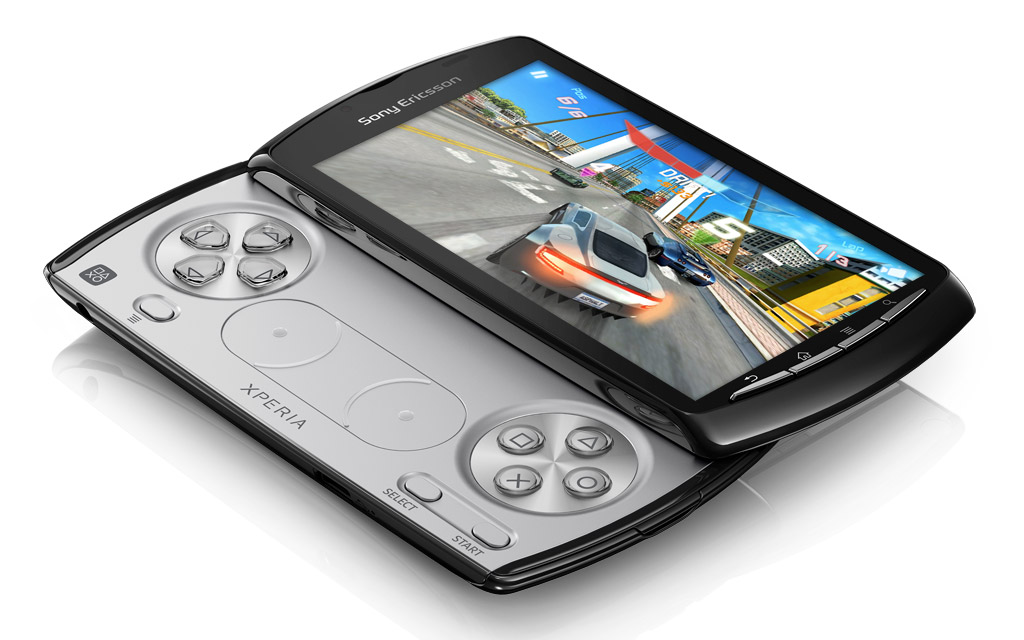
Also known as the "PlayStation Phone," the Xperia Play launched in April 2011. It was an ambitious project to boost Sony's mobile business using its gaming expertise. It made sense at the time: Not only did the device feature PlayStation gaming keys, shoulder triggers and virtual thumbsticks, but it also had a store that sold classic PlayStation One games for a shot of nostalgia. This was the end of the Xperia Play line, though. There was no follow-up, and the idea of a "PlayStation Phone" pretty much died. iReadyGo Much 3G (i2) 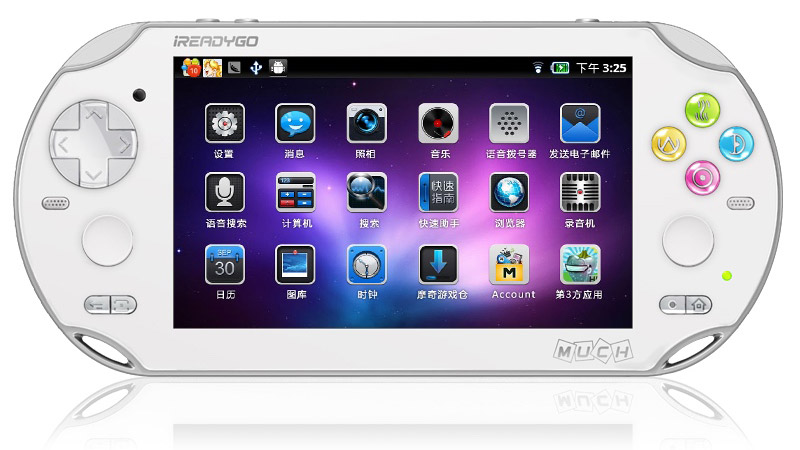
About six months before Sony could get the PlayStation Vita out the door, a Chinese company by the name of iReadyGo had already ripped it off. The Much 3G (i2) was supposedly China's first 3G-enabled gaming smartphone. It ran on Android 2.3.4 and had a 5-inch 800 x 480 LCD, a 1GHz Samsung Hummingbird CPU (the same chip inside the original Samsung Galaxy S), 512MB of RAM and 16GB of storage, plus a 3,000 mAh battery. Not bad for a 1,599-yuan (about $250) device, let alone one with dedicated gaming buttons. But it wasn't exactly an instant hit. In February 2013, iReadyGo followed up with the i4, which had the same PS Vita–like body, but with a more powerful Samsung Exynos 4412 quad-core 1.4GHz CPU, 1GB of RAM and a much faster 16GB storage chip to go with Android 4.0.4. This one cost a little more -- 1,999 yuan, or about $310. It also failed to spark a gaming phone revolution. iReadyGo Much W1 / Snail Mobile 78P01 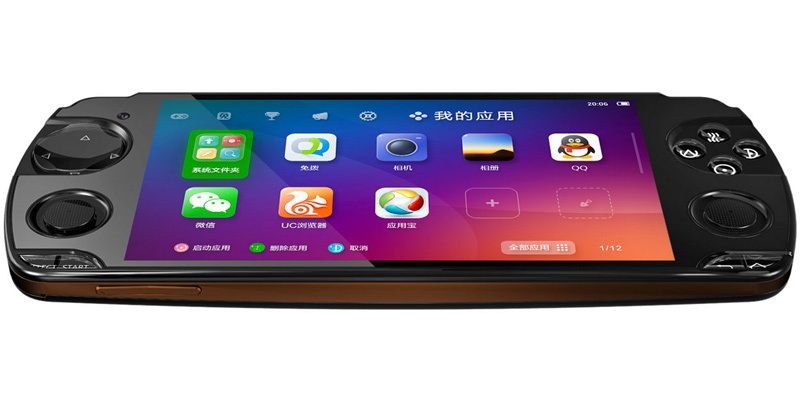
After its two PS Vita clones, iReadyGo went on to release the slightly more original-looking Much i5 in July 2013, with a 5-inch 720p display, a quad-core 1.2GHz MTK6589 chipset and dual SIM slots. This was followed by the Much W1 in August 2014, which upgraded to the octa-core 1.7GHz MTK6592 CPU plus double the RAM, all for just 1,999 yuan, or about $310. iReadyGo never shared how many units it sold, but it did get the attention of Chinese MVNO Snail Mobile, which rebadged the W1 as the 78P01 and sold it for a low 999 yuan (about $155) to lure mobile gamers into its network. Not long after, Snail Mobile actually acquired iReadyGo. After a mysterious 14-month delay, iReadyGo finally followed up with the Much W3D in September 2016. As the name suggests, this 1,999-yuan device was all about its 5.5-inch 1080p 3D display. It packed a larger 4,000 mAh battery and a slightly upgraded chipset with 4G connectivity, but that wasn't enough to turn it into an international success. Acer Predator 6 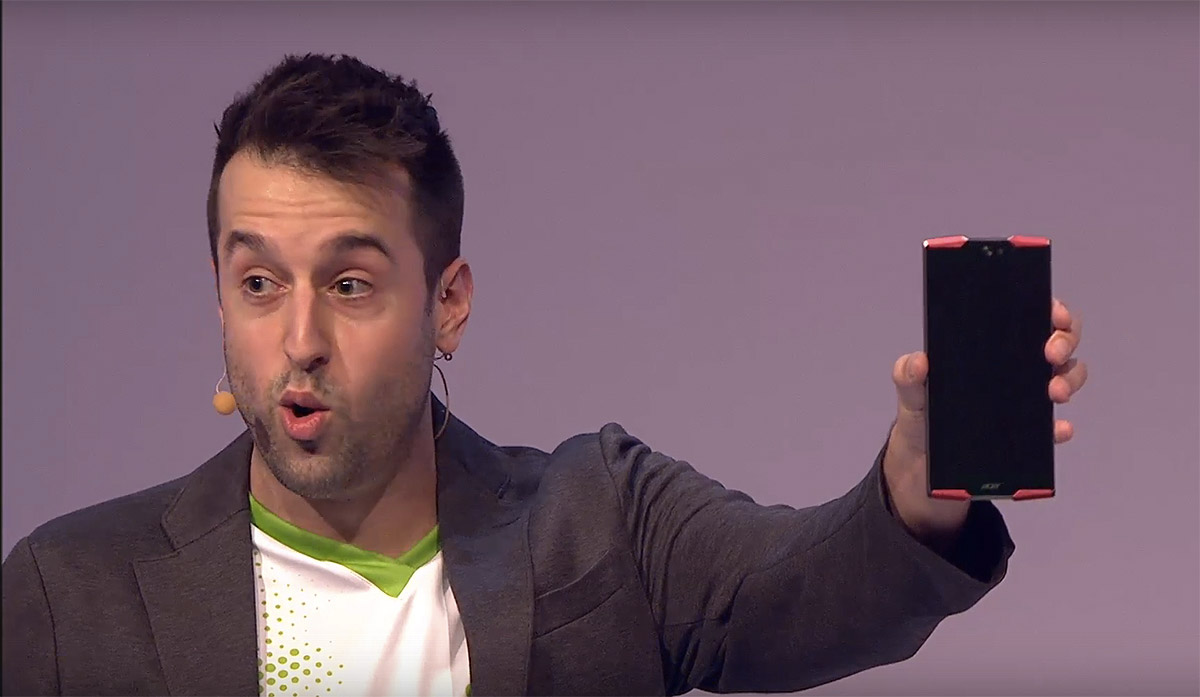
Long before the ASUS ROG Phone, its neighbor Acer already had plans to release its own gaming phone. Back in September 2015, Acer showed off the Predator 6 which was shaping up to be quite a beast: It would come with a deca-core MediaTek processor, 4GB of RAM, a 6-inch "HD" display and four front-facing speakers. Sadly, the phone was never released, but you can find similar design traits on Acer's Predator 8 gaming tablet. Moto Gamepad 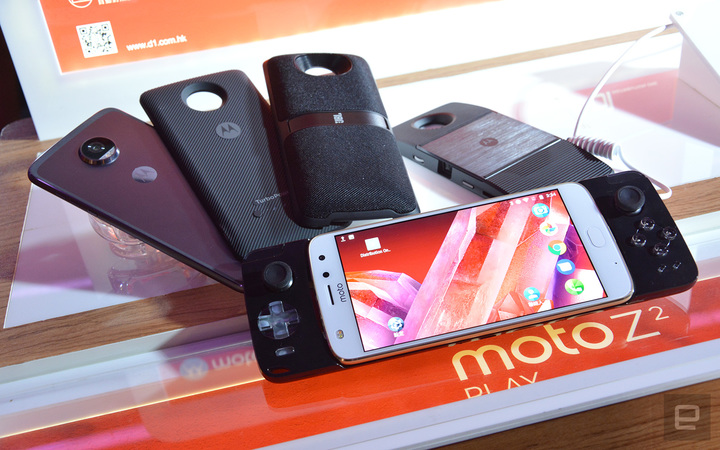
Last but not least, Motorola gets an honorable mention for its Gamepad which has been available since last August. It's a neat idea, but Moto needs a lot more than a detachable control pad to turn its phones from reasonably priced also-rans, to smash-hit gaming powerhouses. Click here to catch up on all the latest news from Computex 2018!
via Engadget RSS Feed https://ift.tt/2MdBl8l |
Comments
Post a Comment